Volvo XC40 Review, First Drive
After tasting success with the bigger XC90 and XC60, Volvo has managed to bring in the smaller XC40 to the Indian market. We get behind the wheel of the small luxury-packed Volvo in the city of Hyderabad. Read on.
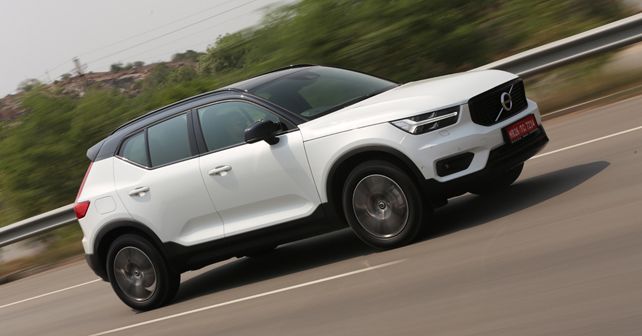
The XC40 is Volvo’s smallest ever SUV and their first ever product in the compact luxury segment. In a rapidly growing, and popular segment worldwide, can the new Volvo make a dent into the market share of the German triumvirate? We drive the XC40 in Hyderabad to find out.
For a carmaker on the path of resurgence and one with a rich history like Volvo, staying away from the world of SUV’s is virtually impossible in today’s market. Globally, customers over the past decade or so have developed an insatiable appetite for SUV’s, and the demand simply continues to grow. And Volvo has already tasted the success of this demand with its highly popular XC 90 & XC60 range of SUV’s which have been successful globally. In fact, Volvo’s brand image in India jumped significantly with the current-gen XC90 which well and truly changed Volvo’s perception in the Indian customer’s mindset.
Naturally then, it would make sense for Volvo to tap into the ever-growing compact luxury segment, which is dominated by the BMW X1, Mercedes-Benz GLA and the Audi Q3. A formidable set of competitors indeed, but, the new XC40 has a few tricks up its sleeve to try and outdo the competition.
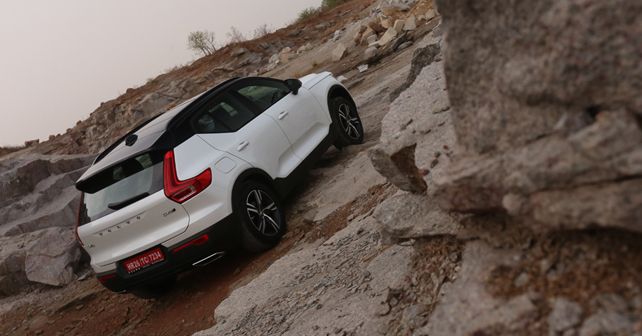
First, there’s the design and I’m unabashedly admitting that I’m a big fan of Volvo’s current design language. Starting with the XC90, the tight lines with great design detailing have produced a very attractive – and very Volvo – design language that doesn’t resemble anything else in the market. The XC40 carries forward the design legacy with some fantastic design quirks of its own. The C-pillar kink for instance, where the sharp upwards rising crease makes the car stand out and gives it an edgy look. I also find the depression in the bottom part of the doors quite a nifty design touch, giving definition to the otherwise straightforward door design. Also, keeping Volvo India’s tradition alive, the first set of XC40’s being sold in India will be top of the line R-Design versions, which will offer a contrast roof as standard. And when paired with the Red or White body colour, the car looks rather striking. And I loved the blacked-out chrome work on the XC40, which is much more my kind of detailing compared to regular chrome.
Volvo says that their target customers are the relatively young, millennials as they’re referred to now, and that reflects in the sharp design as their research indicates that younger customers are very particular about design. And nowhere is this more apparent than the XC40’s interiors which instead of the regular black carpeting features bright orange stuff on the floor and spaces like the door bin and armrest. Volvo refers to it as their Lava trim, and while I’m certainly not a millennial but I think the bright treatment looks great and brings a certain level of spunk to the cabin. This is also helped by the large glasshouse and the standard fit panoramic roof of the XC40, which make the all-black interior feel quite airy.
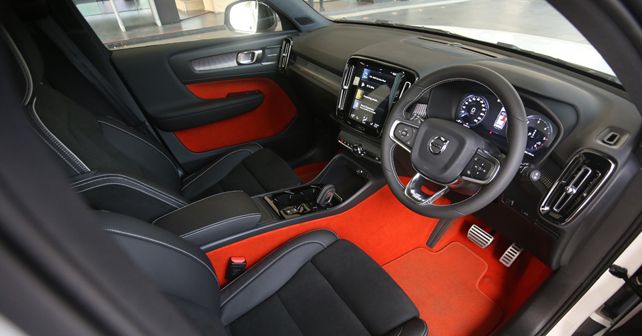
When it comes to the rest of the interior, the XC40 gets a cabin very similar to its larger siblings, which is a great thing. With the 9-inch Sensus touchscreen display taking center stage, the XC40 has a rather inviting interior with the standard fit leather and alcantara seats looking plush and being very comfortable. I also quite like the vertical air vents, which paired with their highlighted chrome work look rather striking and so do the rather delicately finished speaker grilles of the Harman Kardon stereo system. Interior room in the XC40 seems to just be a touch larger than its competitors – the XC 40 is actually longer, wider and taller than its competitors – with a large amount of headroom available. However, I still think it’s best to use the XC40 as a four-seater since fitting five full-sized adults would be a bit of a squeeze. Overall, I think the XC40’s cabin is rather fantastic with great quality and detailing and class-leading levels of standard equipment.
Of course, the XC40 wouldn’t be a Volvo without a truckload of safety equipment fitted to it and it doesn’t disappoint there. The XC40 is the first car in its class to offer a front radar fitted, which means it has many segment first safety features such as Pilot Assist, Adaptive Cruise Control, Lane Keeping Aid and even Oncoming Lane Mitigation. Of course, it also carries over City Safety from other cars in Volvo’s lineup and watches out for pedestrians, cyclists and even large animals and brakes the car automatically to avoid a crash. And there is also a bevvy of airbags and other active safety aids to give the car with what Volvo claims to be class-leading safety standards.
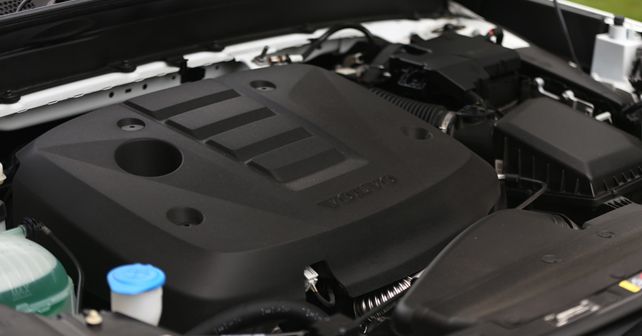
Based on Volvo’s brand-new CMA (Compact Modular Architecture) platform, powertrain wise the XC40, for now, will only be offered with a 2-litre diesel engine paired with an Aisin 8-speed automatic gearbox with all-wheel drive as standard. Producing 187bhp and 400Nm of torque, the XC40 also leads the pack when it comes to power – the BMW X1 has equal power and torque numbers, while the Q3 and GLA lag behind – and the performance feels sprightly. Given its compact size, the XC40 responds instantly to throttle inputs, while the gearbox shifts very well in automatic mode. While you can use the steering mounted gearshift paddles to manually shift, but in our drive, I didn’t feel the need to do so at all and mostly left the gearbox to its own devices. And for the performance minded, there are also four selectable driving modes to tune the engine and gearbox response to individual preferences.
The steel suspension fitted to the Volvo has also been tuned quite well and deals effectively with our roads. However, if there was one aspect of the XC40’s driving appeal that impressed me most, it was the NVH levels, which are exceptionally well taken care of and the XC40 feels fantastically insulated not just from the outside world but also engine noise and vibration. Which only means that the 13-speaker Harman Kardon audio system is that much more enjoyable to listen to. But, there is a fly in the ointment, and for me, that is the Sensus touchscreen controls. They do work phenomenally well, but when driving, especially at fast speeds, I’ve never been comfortable operating a touchscreen system as that requires the driver to take their eyes off the road, even for a split second. And doing that for something as simple as adjusting the cabin temperature feels very annoying, and I think dedicated air-conditioning controls mounted independently of the touchscreen would be something that I would personally prefer.

What do I think of the XC40 then? Well, as you might have guessed it by now, I’m mighty impressed by it. The design is fantastic with unique interiors that I think will work very well for its target audience, and of course, there’s the powerful engine and a truckload of safety gear. What also works well for the XC40 is that all of its main competition is long in the tooth and it’ll have the first mover advantage of being a brand-new product against them. And there’s also the very high level of standard equipment on the Volvo that makes some of its competitors look a bit basic.
But then again, India is still a value-conscious market and we’ll have to wait until early July to find out what the XC40 costs. I’ll say this much though if Volvo India manages to price the XC40 competitively – as it has done with its last few products – I wouldn’t bet against the XC40 is the SUV of choice in its segment. And honestly, I can’t wait to gather its competitors for a group test to see who wins the battle for segment supremacy.
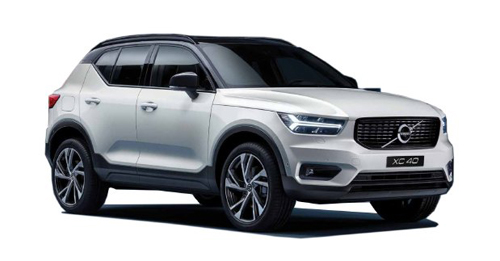
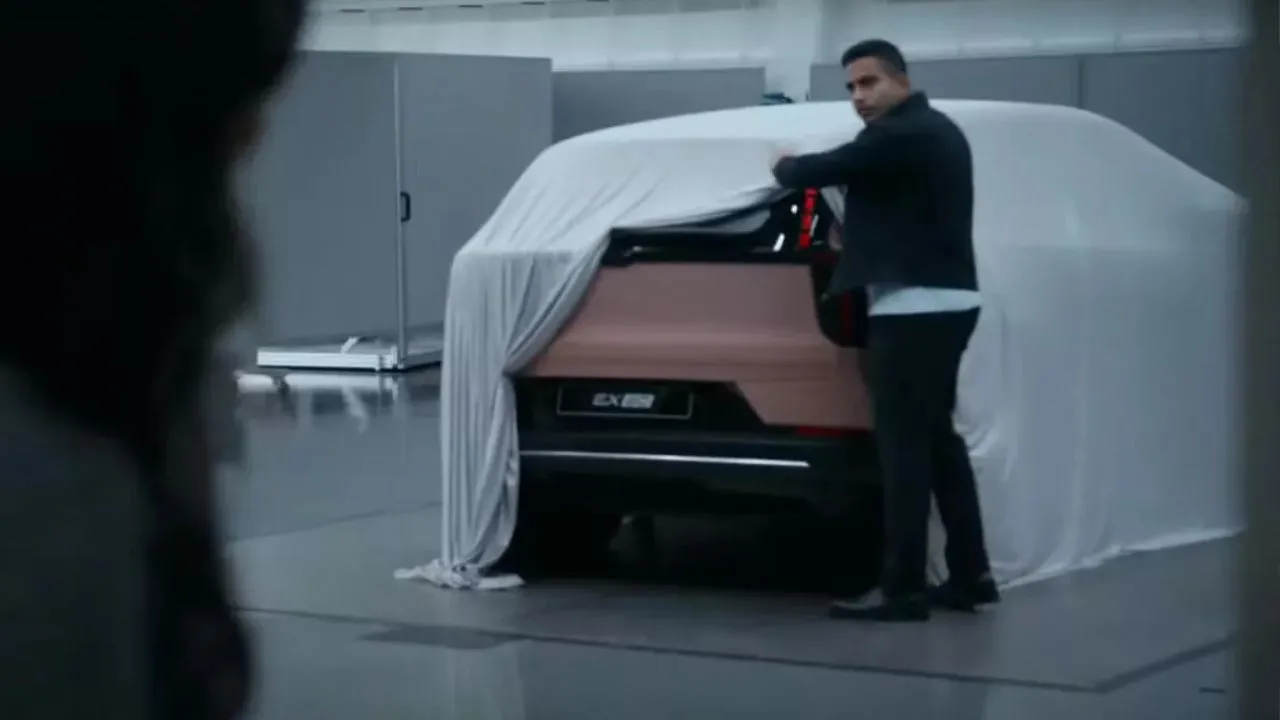
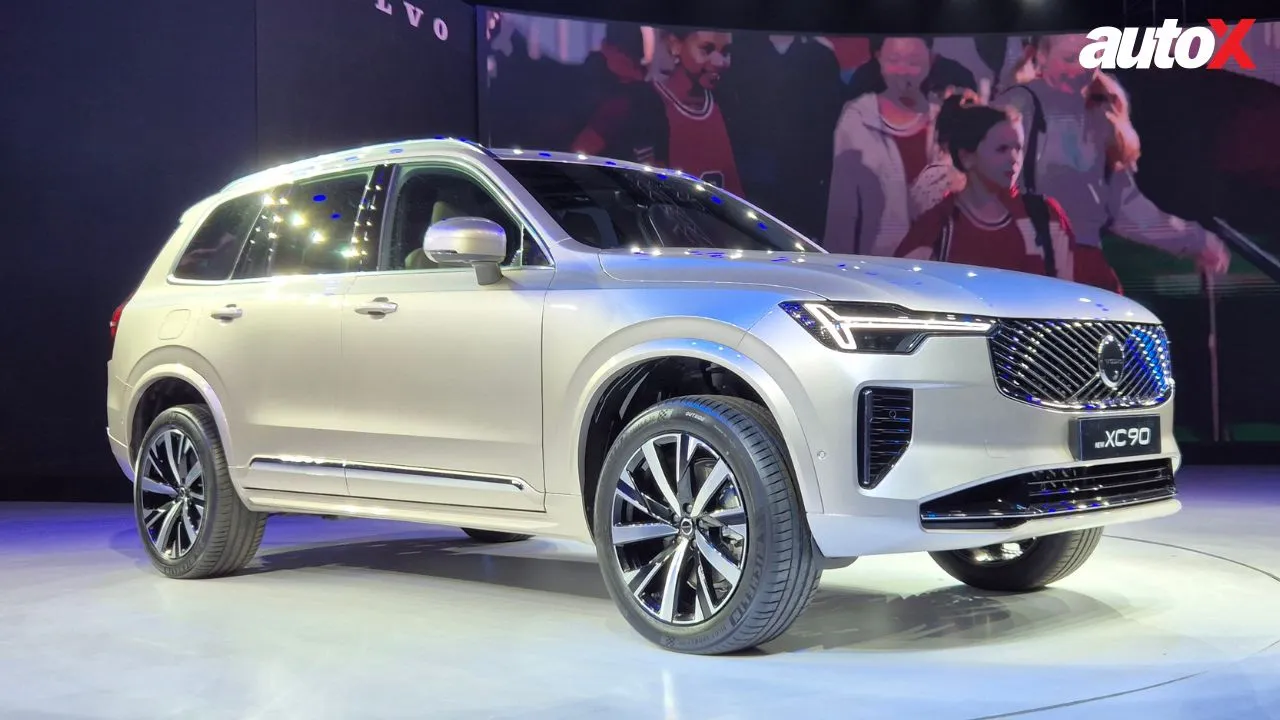
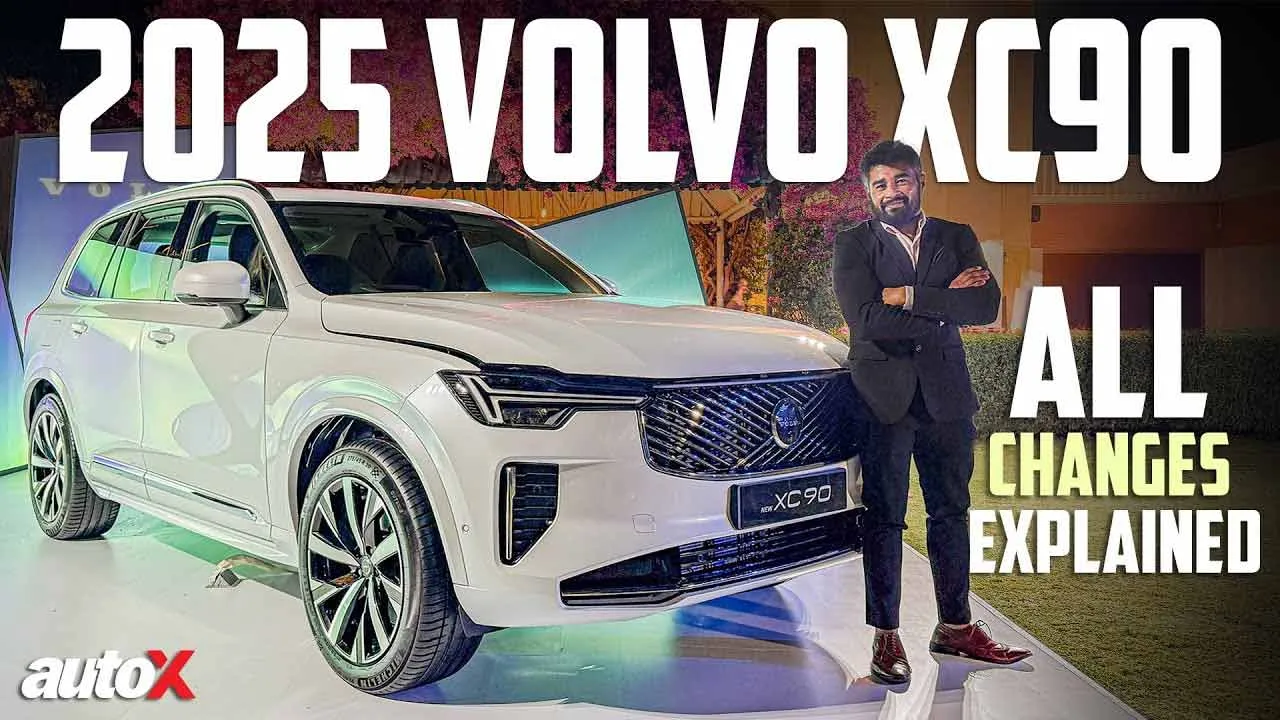


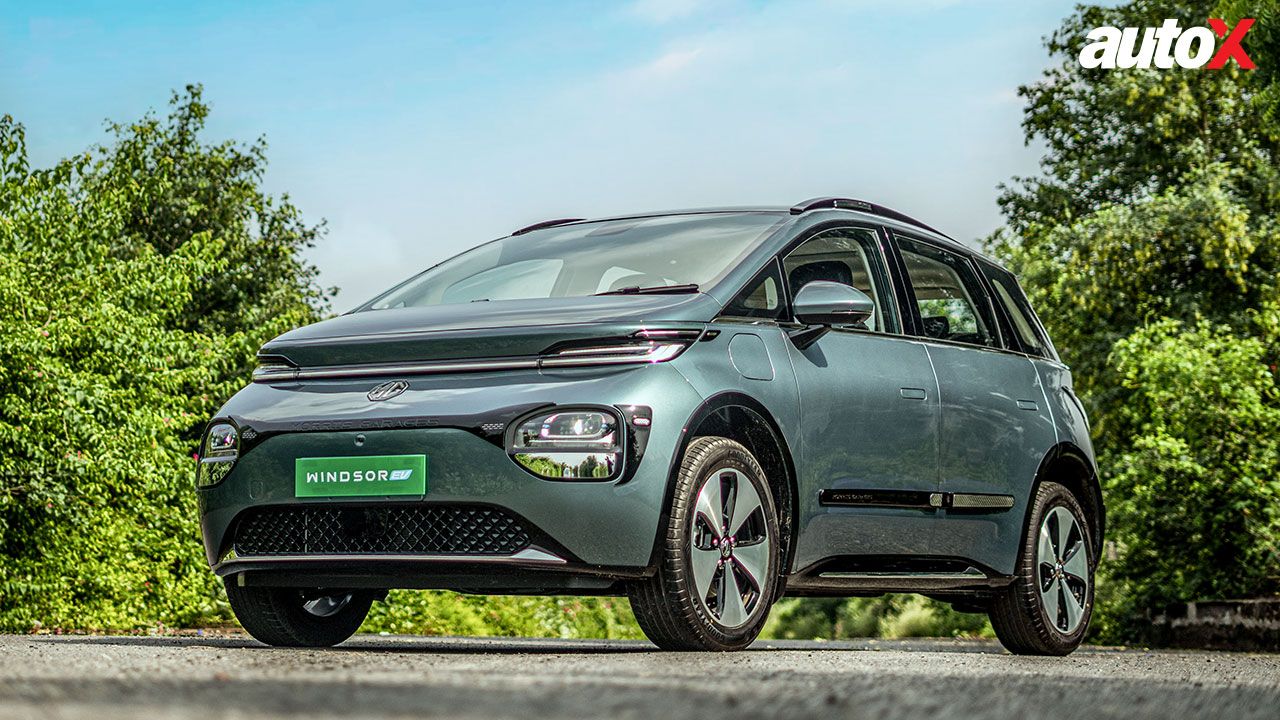


.webp)
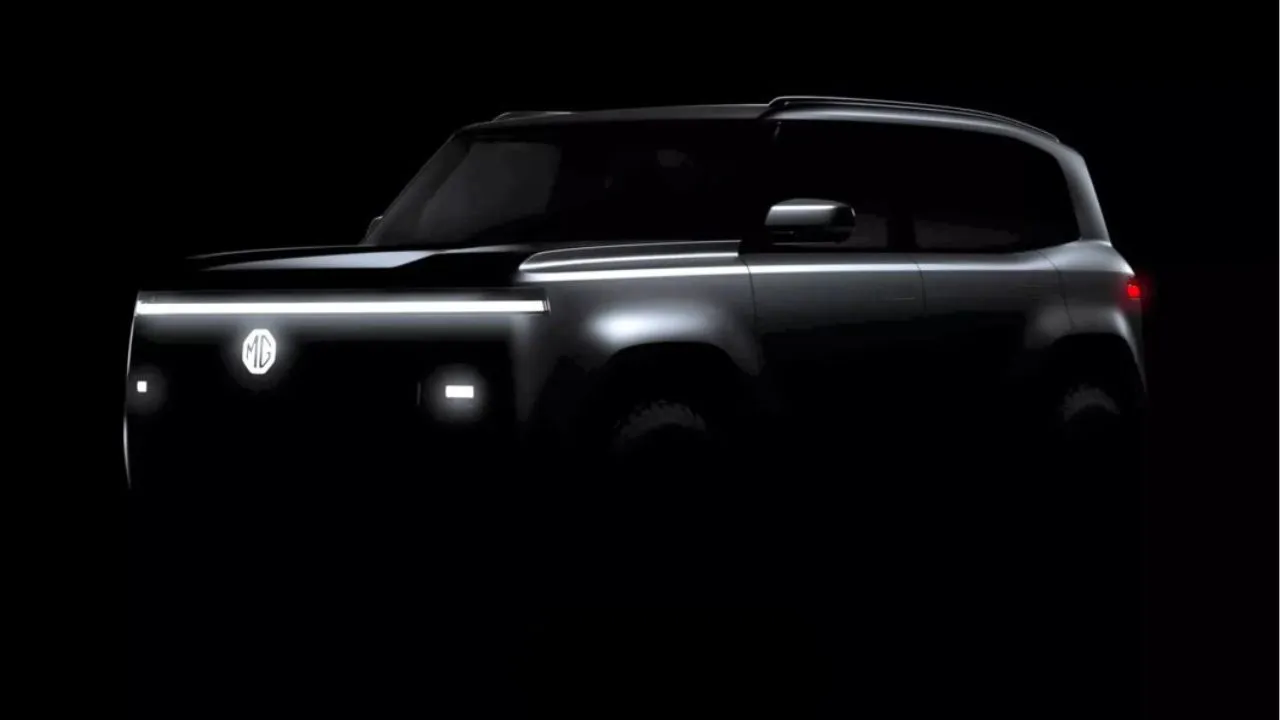



















Write your Comment on